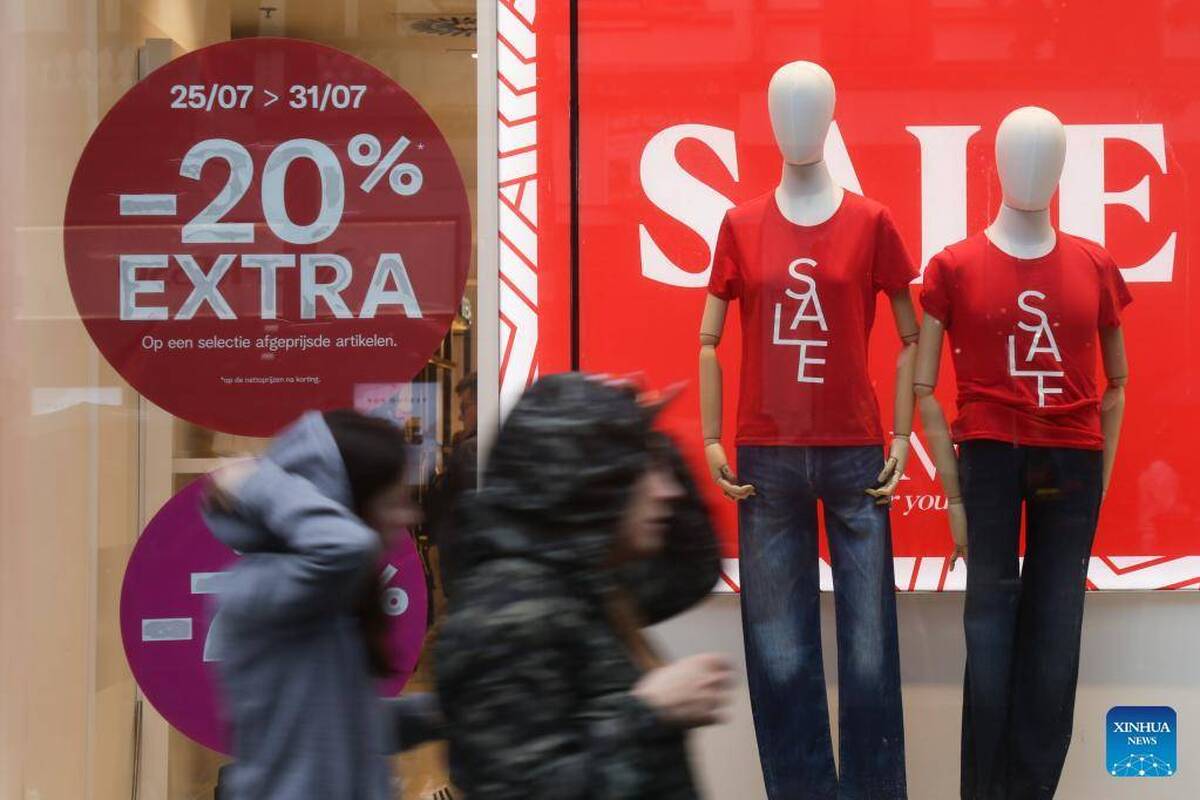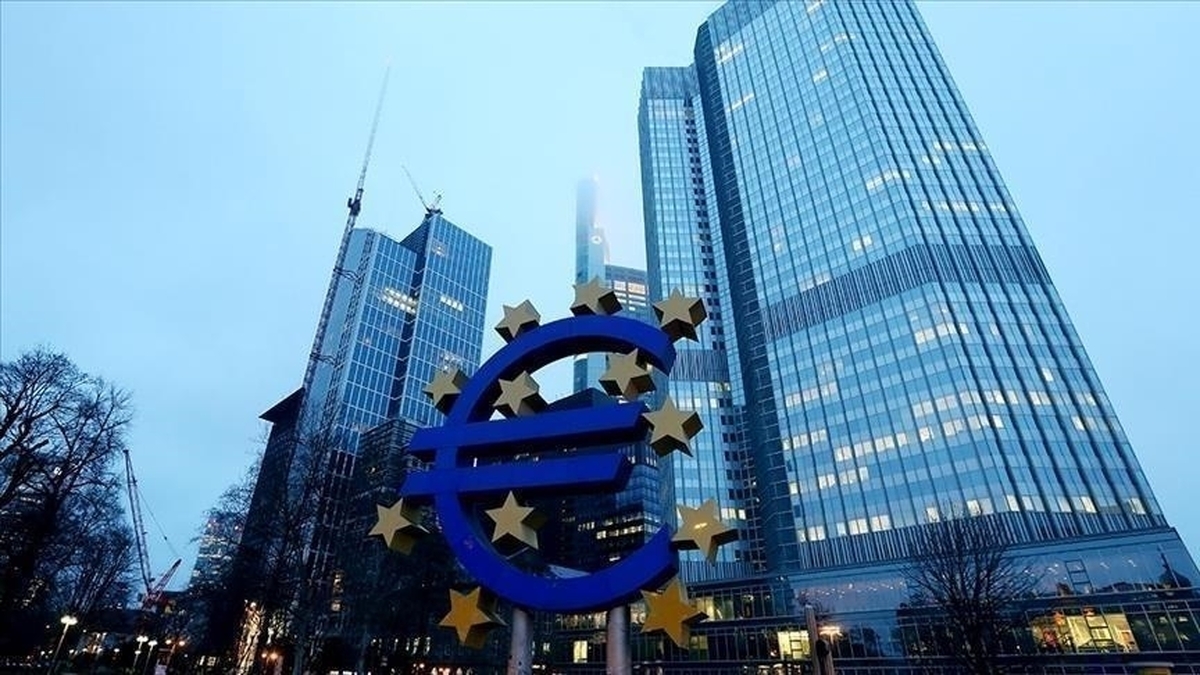Eurozone Q2 GDP Rebounds, Inflation Slows with Concerns Remaining

Eurozone GDP had remained stable in the first quarter of the year compared to the previous one.
The EU's GDP in the second quarter of 2023 remained stable compared to the previous quarter. It increased by 0.2 percent during the first quarter of the year.
Countries that recorded the highest quarter-on-quarter GDP growth include Ireland with 3.3 percent and Lithuania with 2.8 percent.
Negative quarter-on-quarter growth was registered in Sweden (minus 1.5 percent), Latvia (minus 0.6 percent), Austria (minus 0.4 percent) and Italy (minus 0.3 percent).
Year-on-year, eurozone GDP increased by 0.6 percent in the second quarter of 2023, and the EU's GDP grew by 0.5 percent.
Both the eurozone and the EU recorded a 1.1 percent GDP growth in the first quarter of 2023 compared to the same period of time last year.
The eurozone's 0.3 percent GDP increase "was better than expected but was also boosted by very strong activity in Ireland, which is known to be volatile on the back of multinational accounting activity. Without Ireland, growth would have been halved," Bert Colijn, senior economist for the eurozone at ING, said.
According to Colijn, economic activity in the eurozone is going through a sluggish phase as a result of high inflation, weak global demand and monetary tightening.
Colijn warned that recession remains a high risk for the coming quarters, and underlined that differences in the countries' performance remain quite big. He said he expected manufacturing to be affected by lower demand and the performance of services to also be lower as the effects of the reopening from the COVID-19 pandemic fade away.
Meanwhile, eurozone inflation continues on its downward trend. It stood at 5.3 percent in July year-on-year, down from 5.5 percent in June, Eurostat said.
Food, alcohol and tobacco remain the main drivers of inflation in the eurozone (10.8 percent year-on-year). The price of services increased by 5.6 percent in July this year, compared to the same month in 2022, up from last month's 5.4 percent.
Non-energy industrial goods recorded a 5 percent yearly inflation in July, compared to 5.5 percent in June. Energy prices recorded a negative inflation of minus 6.1 percent in July, compared to minus 5.6 percent in June.
Countries with the highest yearly inflation rate in July included Slovakia (10.2 percent, down from 11.3 percent in June), Croatia (8.1 percent, down from 8.3 percent in June) and Lithuania (7.1 percent, down from 8.2 percent in June).
According to the European Central Bank (ECB), the rate of inflation, despite its recent decline, will "stay above target for an extended period" as underlying inflation remains high overall.
"The Governing Council's future decisions will ensure that the key ECB interest rates will be set at sufficiently restrictive levels for as long as necessary to achieve a timely return of inflation to the 2 percent medium-term target," the central bank said in a release last week.
4155/v
























